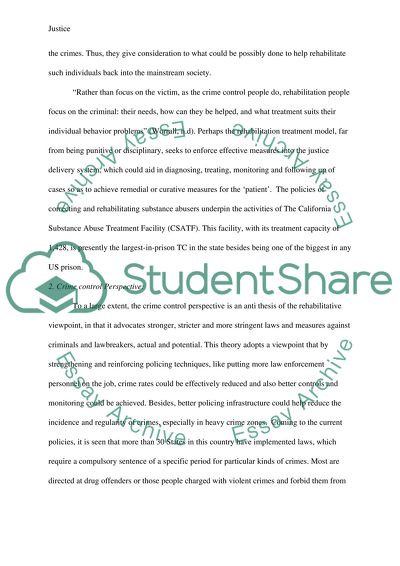Cite this document
(“Administration of justice Essay Example | Topics and Well Written Essays - 2250 words”, n.d.)
Retrieved from https://studentshare.org/law/1413931-administration-of-justice
Retrieved from https://studentshare.org/law/1413931-administration-of-justice
(Administration of Justice Essay Example | Topics and Well Written Essays - 2250 Words)
https://studentshare.org/law/1413931-administration-of-justice.
https://studentshare.org/law/1413931-administration-of-justice.
“Administration of Justice Essay Example | Topics and Well Written Essays - 2250 Words”, n.d. https://studentshare.org/law/1413931-administration-of-justice.


